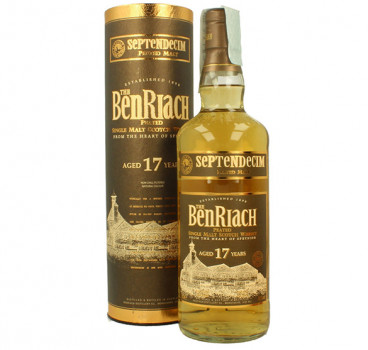PEATED MALTS: PEATING PROCESS


The scale to which barley is peated is measured in terms of parts per million (ppm). A gentle but discernible peating level is around 5–10ppm, a medium level around 20–25ppm, with the peak usually 40–50ppm.
Phenol, an individual compound, generally has the greatest presence among phenolic compounds. However, phenol is the simplest compound, and not particularly active either, merely adding mild, medicinal notes of peaded malts.
Far more active is cresol, which comprises three sub-groups each providing earthiness and medicinal notes. Meanwhile, guaiacol adds smoke and medicinal notes to peated malts, with the overlap between guaiacol and cresol boosting the level of medicinal notes.
Smoke plays a transformative role during the peating process, conveying phenolic compounds from the peat to the barley. The barley in turn produces phenolic character to the new-make spirit, which eventually matures into a peated malt whisky. Peating also adds a significant element for peated malt whisky lovers to explore in terms of the resulting flavours and each detail of the peating process. Peating is performed in combination with kilning, which gradually dries the barley. And as barley absorbs smoke while it retains surface moisture, the desired peating level must be reached before this happens.
The whole process can now be automated: the traditional peating method utilizes a kiln, with peat added to produce smoke that rises and passes through a perforated floor, on which barley is spread out. There’s only one way to learn “kiln control”, and that is abundant experience. Wood is used to start a fire, and peat is added on top to produce a consistent volume of smoke. The aim is for the peat to smoulder, without allowing a flame to break through the peat, as this would ignite and destroy the phenolics. A supply of peat cut into “bricks” can be stacked by the kiln, accompanied by smaller pieces that have collapsed or broken off.
Equally important is the level of moisture in the peat, which is variable. A higher moisture level creates more smoke, but not much heat, and is typically the focus at the beginning of peating. However, adding too much moist peat can abolish the fire.
Another impact to contend with is the prevailing wind: the speed and direction, for example, can result in smoke swirling around a flue rather than continuing its journey. A low peating level can be achieved in several hours, compared to around 48 hours for a higher peating level.



Source: The Whisky Dictionary: an A-Z of Whisky, from history & heritage to-distilling & drinking



















